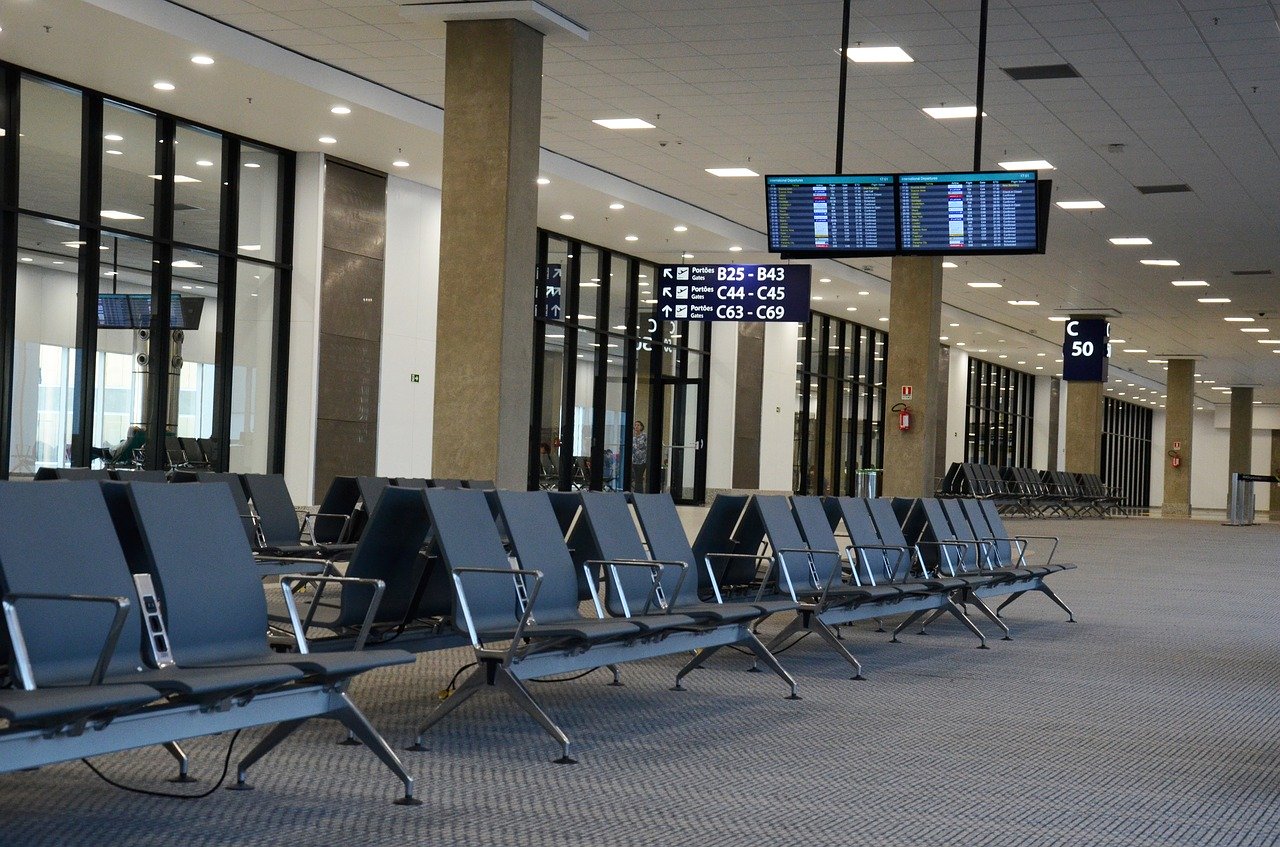The Honorable Janet L. Yellen
U.S. Department of Treasury
1500 Pennsylvania Ave., NW
Washington, D.C. 20220
October 11, 2022
Dear Secretary Yellen:
We are a group of economists with expertise in oil markets, international trade, and political economy, writing to express our support for the proposed price cap on Russian seaborne oil exports.
As envisaged by the G7, the price cap would set a maximum price that Russian oil could be traded in conjunction with G7 services. This price, set in dollars, would be substantially below the world price, yet above the marginal cost of production in Russia. To use US, UK, EU, and allied financial services (such as insurance, credit, and payments), market participants will need to attest that all qualifying purchases are at or below this threshold.
Given the importance of participating countries for global finance and for shipping, compliance with this cap will create pressure for a lower price on Russian oil moved by tanker. While we do not expect all trades will be performed under the price cap, its existence should materially increase the bargaining power of private and public sector entities that buy Russian oil.
The price cap maintains economic incentives for Russia to produce current volumes. In April 2020, when the price of the Brent benchmark was close to $20, Russia continued to supply oil to world markets, because that price was above the cost of production in many or most existing Russian oil fields. Russian has little or no available onshore storage, and since shutting down and restarting oil fields is expensive and risky, it was more profitable for Russia to continue producing in the presence of low prices. The price of Brent now is around $96 per barrel, but Russia receives significantly less due to the “Urals discount”. This discount is caused by the perceived stigma of buying Russian products for some customers; they decline to bid for Russian oil, which reduces effective demand and lowers the price that the remaining customers need to pay.
The oil price cap proposal would effectively institutionalize the Urals discount and consequently further lower the dollar value of the Russian government’s primary revenue stream.
Under its Sixth Package of Sanctions, the European Union has already adopted a complete ban on using European financial services to transport Russian crude and petroleum products to any destination, along with a complete embargo on EU imports of Russian oil. These measures are due to go into effect on December 5th.
If the EU implements these measures without a price cap, we would expect the supply of oil to the world market to decline – and benchmark oil prices (e.g., Brent) to rise.
The US and its allies are likely better off with a price cap on Russian oil, and we are encouraged that the EU is making progress on including the price cap in its next round of sanctions. If the world price of oil rises and the cap is effective, Russia will not receive any windfall. And the cap stands a good chance of lowering Russian revenue even if formal participation is limited – by strengthening the negotiating position for anyone willing to buy Russian oil.
According to the IEA, Russian oil exports were 7.6 million barrels per day in August, down only slightly (390 kb/d) from pre-war levels. With revenue from coal and natural gas exports likely to decline and not rebound soon, the Russian government needs substantial oil revenue (in dollars) to pay its bills and keep the ruble from collapsing. The price cap as proposed gives the Russian government the incentive to continue to supply the world market but reduces the revenue available to fund their brutal war in Ukraine.
For these reasons, we support the implementation of the price cap and are hopeful that you and your international colleagues will make progress implementing it soon.
Yours sincerely,
Simon Johnson, Sloan School of Management, MIT
Daniel Berkowitz, Department of Economics, University of Pittsburgh
Severin Borenstein, Haas School of Business, University of California, Berkeley
Steve Cicala, Department of Economics, Tufts University
Kimberly Clausing, UCLA School of Law
Anastassia Fedyk, Haas School of Business, University of California, Berkeley
Jason Furman, Department of Economics and John F. Kennedy School of Government, Harvard University
Luis Garicano, Visiting Professor of Economics, Columbia Business School
Yuriy Gorodnichenko, Department of Economics, University of California, Berkeley
Ryan Kellogg, Harris School of Public Policy, University of Chicago
Christopher Knittel, Sloan School of Management, MIT
Michael Kremer, Department of Economics and Harris School of Public Policy, University of Chicago
Lukasz Rachel, Department of Economics, University College London
Kenneth Rogoff, Department of Economics, Harvard University
Carl Shapiro, Haas School of Business, University of California, Berkeley
Robert S. Pindyck, Sloan School of Management, MIT
Rick Van der Ploeg, Department of Economics, University of Oxford
[Letter updated on October 13, 2022; adding Michael Kremer]










